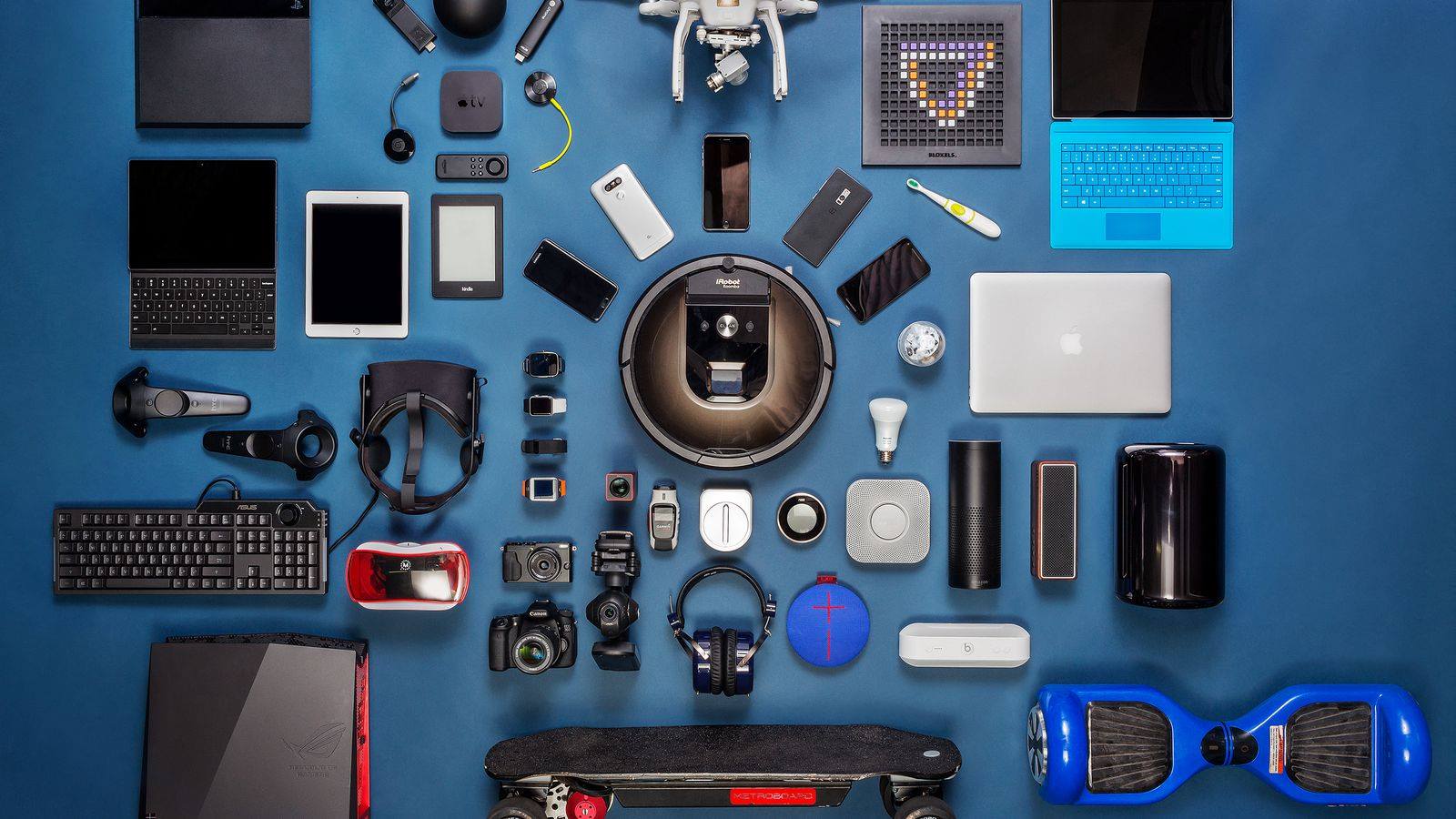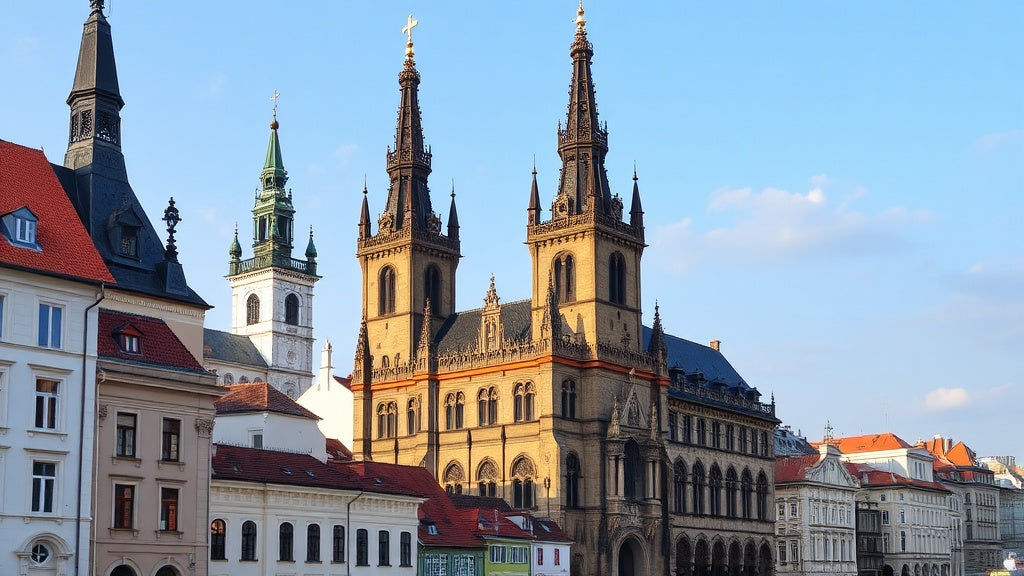
Google Translate: From Early Pattern Matching to Advanced Neural Networks
, by Unboxify, 4 min reading time

, by Unboxify, 4 min reading time
In a fraction of a second, Google Translate can now make sense of your surroundings. But this transformation didn't happen overnight. Launched in 2006, Google Translate initially functioned as a basic pattern-matching tool. It was far from perfect but laid the groundwork for the sophisticated system we use today.
In its nascent phase, Google Translate was more about playing a matching game rather than understanding the context and nuances of language.
The technology has undergone a complete overhaul over the past two decades. The simple phrase-based translation model has been replaced by a cutting-edge neural network capable of handling over 130 languages.
This leap in technology has made it possible for Google Translate to consider the relationships between words, not just individual meanings.
Transformers have revolutionized machine translation. They assign numbers to words and create vectors to represent them mathematically. Here's how the process unfolds:
The result is a context vector, essentially a list of numbers that effectively encapsulates the meaning of the sentence if the model has been trained correctly.
The transformative process consists of two main stages: encoding and decoding.
This intricate process of encoding and decoding allows Google Translate to go beyond simple word-for-word translation.
Despite its advanced architecture, Google Translate is not without its flaws.
Google Translate continues to face challenges with slang, casual speech, and social media texts due to the lack of ample training data.
Google is committed to refining its translation tool by incorporating user feedback and improving contextual accuracy. Future plans include:
Innovative features like these will make Google Translate even more versatile and useful.
The integration of OCR and Google Lens into Google Translate has made information more accessible.
These visual tools enable Google Translate to read and translate signs, documents, and more, making it indispensable for travelers and language enthusiasts alike.
Google Translate has come a long way from its humble beginnings. Its shift to neural networks and transformer models has significantly enhanced its capabilities, making it one of the most powerful translation tools available. With continuous improvements and future advancements, the gap between human and machine translation is steadily closing.






